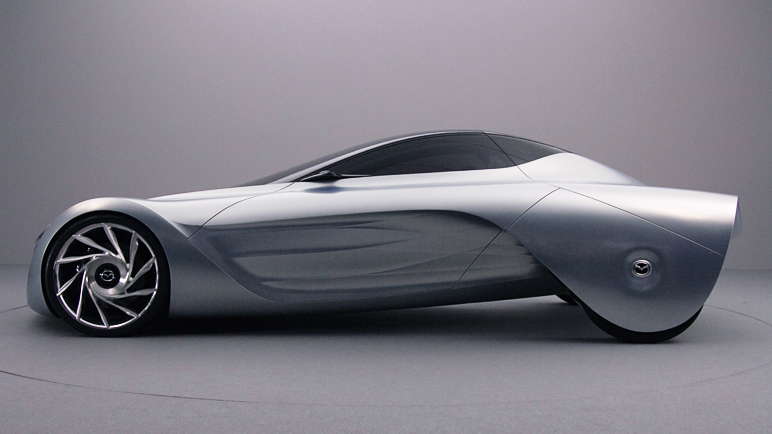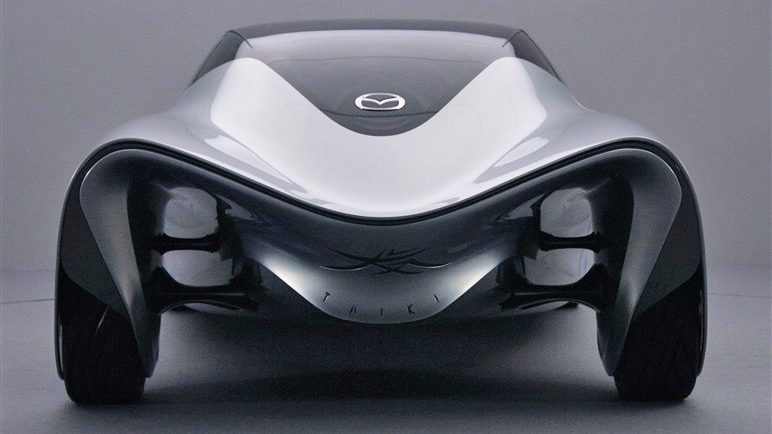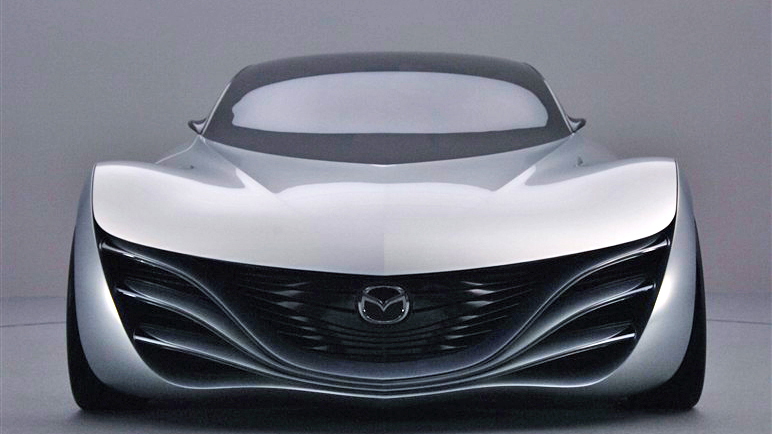By 2011, Mazda’s entire family of vehicles will have moved to new vehicle architectures that will shed on average 100kg compared with current designs. The first of these new-generation platforms already underpins the new Mazda2 compact car, and allowed engineers to shave 100kg from the kerb weight of the previous model.
Some of the weight-saving techniques employed include use of ultra-high tensile steels for lighter yet stronger body, downsizing suspension components and using thinner materials for door panels and the bonnet.
Mazda’s future powertrain lineup will include E85 flex-fuel units and direct-injection technology. The introduction of this latter feature will boost power by 15 to 20% and improve fuel economy by approximately 20%. Beginning in 2011, Mazda plans to introduce new turbodiesel engines as well as a next-generation rotary engine.
Currently referred to as the 16X, the next rotary engine will offer substantially improved performance and economy through use of direct-injection and high-speed combustion technology. Already previewed in concept form, the new engine will displace 1.6L and feature a two-rotor design and will likely debut in the replace for the current Mazda RX-8 sports car.






